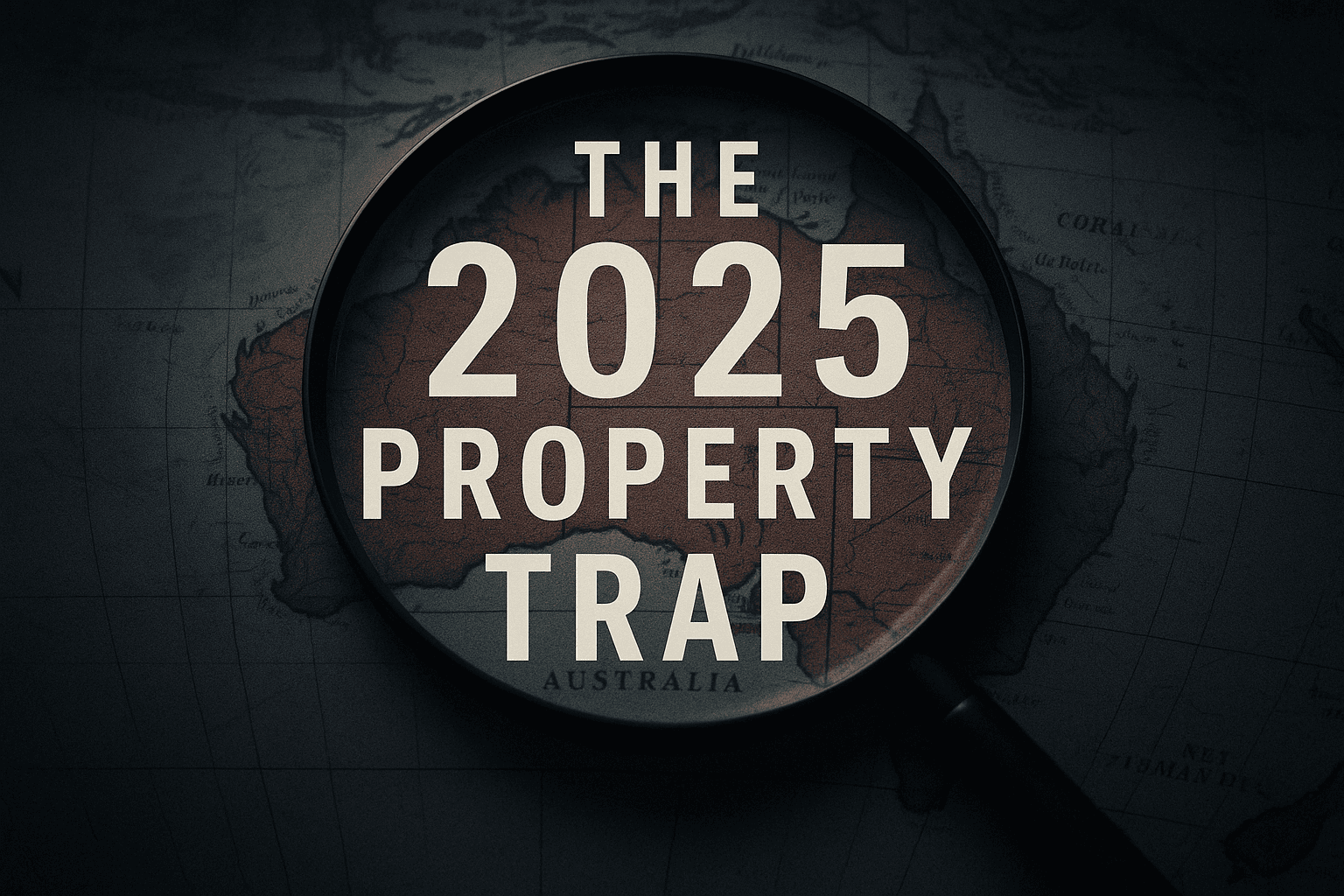
The Secret Behind Buying A Winning Property
Buying a winning property and creating a deal that, as we say in the industry “stacks up,” takes endurance and commitment so don’t rush into anything.
Most real estate is sold in the market to illiterate buyers who are impatient, emotional and who consider themselves too time-poor to show persistence and conduct proper due diligence.
Crunching deals will allow you to view real estate in a whole new light and will establish the real ROI of your investment.
When you analyse a deal, it is wise to take it through the following steps to ensure you have a basic level understanding of the property itself and how it fits into its environment.
FEASIBILITY RULE NO#1: RETURN ON DEPOSIT
Cash on cash is a term all investors should acquaint themselves with when they analyse a deal. The return on deposit percentage gives you the most accurate indicator of how fast you can do this. Here, your goal is to ensure your capital is in and out of the market within two years at the latest.
For example, if you were to put $30,000 in the market, accumulate the asset and achieve growth over 12 months to gain a further $30,000, this is considered to be a 100 per cent cash on cash return.
To put even more simply, if you had $30,000 in the bank and at the end of 12 months you had your original $30,000 plus another $30,000, you would have a pretty good deal.
Cash on cash is the same principle, only it’s achieved through the property market. It allows you to secure and retain your asset, but still have a readily available deposit to fund a new investment.
FEASIBILITY RULE NO#2: PROPERTY FINANCE
Make sure you understand what the typical finance requirements for the area are.
It is important to note that mortgage insurers and banks have classifications for various areas in the property market regarding how risky they believe the particular property market actually is and they will adjust their maximum lending criteria based on their risk rating.
The reason why they do this is they are simply protecting themselves as a business in case someone they approve a mortgage for fails to make repayments and then the bank is forced to take the property back and sell it on the local market to reclaim their monies.
If a particular market is very flat or does not look desirable the bank may ask you to put more skin into the game so to speak by lowering their maximum loan to value ratio to 80 per cent for example.
Properties can often look wonderful until you consider how much capital is required as a deposit. You need to run feasibility on lending when you are buying.
FEASIBILITY RULE NO#3: MARKET VALUE
To determine the sale-price range of properties in a particular area, it’s best to organise them by price.
This will identify the lowest priced property compared to others in the suburb which establishes a guide for how much discount to seek or when to walk away. If a property is priced well below others in the area, asking for a discount is not necessary. The best thing to do is snap it up! Money will be made “on the way in” due to good research and knowledge of the market.
FEASIBILITY RULE NO#4: THE RETURNS
Running the numbers is of huge importance. A property could look great on the surface, but until you measure the rental return, the outgoings and associated costs, you won’t know how much the true cost is per week.
No more than 30 per cent of the property income should be lost to outgoings and rents should be no lower than four per cent return at a bare minimum.
The property will still need further clarification, but as a rule, you never want to be too negative with property as it will drop its serviceability, leaving your wage or income to be the major contributor to the property’s upkeep.
This will often lead to being stuck and unable to buy again.
START WITH A PLAN
Before you buy, you should have a plan in place that guides you on what to buy, where and for how much. Your plan should also include the next steps to build out your portfolio and the experts you’ll need on your team to ensure your success is sealed.
Get started on your property investing plan at one of our free property investing seminars.
Here you’ll discover the most crucial components you’ll need to consider when building a booming property portfolio.
Recent Articles
The 2025 Property Trap: 5 Warning Signs Every Australian Investor Must Know
In 2025, Australia’s property market is filled with hype, confusion, and hidden risks. Before you buy, learn the 5 most common traps that can derail your investment goals—and how to avoid them like a pro.
Building a $100k Passive Income Stream Through Property: The ‘Property Stacking’ Method Explained
Discover how to build a $100K passive income stream through property using the proven Property Stacking Method. Learn the three core principles smart Australian investors are using to scale their portfolios faster — without financial stress.
Investment Property Financing – Comprehensive Guide 2023
You won’t get very far as an investor without the ability to secure credit. Understanding how to...
Ultimate Property Investment Strategy Guide 2023
Which Property Investment Strategies Will Make You Money? Building your property investment...
How to Build a Property Portfolio with $100k or Less
Starting your property investment journey can seem daunting. There’s lots to research and plenty...
How To Develop Good Financial Habits That Lead To Wealth!
Good financial habits are the basis to creating wealth. Building financial freedom is not something you learn overnight, it takes time and a foundation of solid habits that you perform day in and day out.
The 7 Plans Every Property Investor Must Know To Succeed
When it comes to property investing as the saying goes, if you don’t have a plan, then you could be planning to fail! While there are many factors we can’t control in the market, there are certain facets we can manage to give us the best possible chance of success. In this article we will help you understand the 7 plans every property investor must know.
The Truth On How Many Investment Properties You Need To Retire
Using real estate to create financial security for the future is a popular option for many Australians, however it can be tricky to know how many investment properties you need to retire to get the outcome you desire.
What Is The Best Type Of Property Investment?
When you strive to learn everything you can about investing in property, you increase your chances of creating generational wealth! The best type of property to invest in is dependent on a number of factors about the investor and their real estate strategy.












